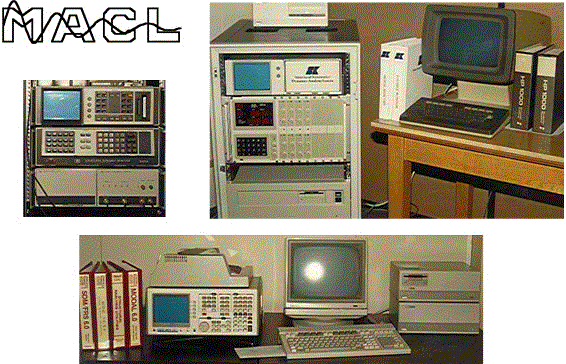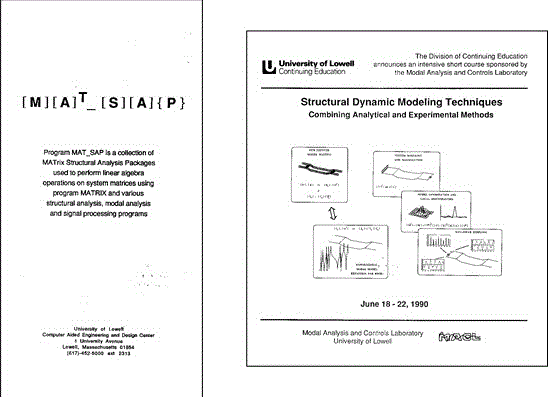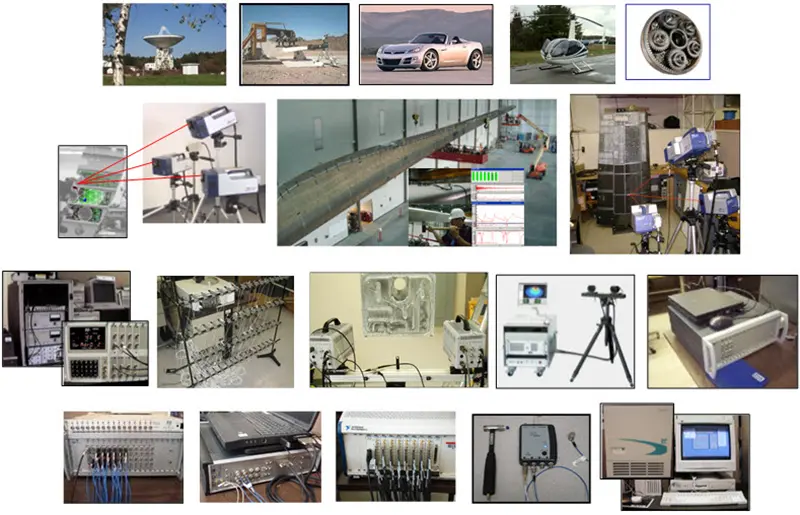
The Structural Dynamics and Acoustic Systems Laboratory (SDASL) at the University of Massachusetts Lowell was formed to address analytical and experimental problems for structural and acoustic systems. The new lab has been formed from two separate entities from two separate organizations.
The Modal Analysis and Controls Laboratory (MACL), headed by Peter Avitabile, D.Eng., has been in existence at the University of Massachusetts Lowell concentrating on analytical and experimental modeling. Christopher Niezrecki, Ph.D., headed up the Smart Structures and Acoustics Laboratory at the University of Florida. When Niezrecki joined the University of Massachusetts Lowell in 2004, a new combined laboratory was formed. The Structural Dynamics and Acoustic Systems Laboratory has significant capabilities to address many problems in these areas. In 2014, Murat Inalpolat, Ph.D. joined the lab and added capabilities related to structural health monitoring, rotating machinery, and nonlinear dynamics. In 2015, Zhu Mao, Ph.D., joined the lab and added more capability related to data mining and decision making for structural health monitoring. In 2019, Alessandro Sabato, Ph.D. joined the lab and continued to expand the research thread in the areas of optical systems and advanced sensors for structural health monitoring and non-destructive testing.

History Of The Modal Analysis And Controls Laboratory
The Modal Analysis and Controls Laboratory (MACL) was initially started by Professors John C. O’Callahan and G. Dudley Shepard in the late 1970s. John focused more on the analytical aspects of the research in the lab while Dudley focused on the experimental aspects of the lab; they introduced some early finite element and structural dynamic modeling tools along with experimental modal analysis techniques in one of the early graduate courses ever offered in the this newly developing and expanding area of research. The early facilities of the lab consisted of access to mainframe computers and some of the very early FFT analyzers. Some early research contracts started the efforts in the lab.
In the late 1970s, they wrote several papers that were presented at the First International Modal Analysis Conference. In fact, the lab has been extremely active and has written numerous papers at all of the IMAC conferences ever since the first conference; over 200 papers have been written over the years for the SEM/IMAC conference alone.

In the early 1980s, the facilities expanded with some state of the art mini-computers and more sophisticated dual channel FFT analyzers with very early experimental modal analysis hardware and software.

In 1985, Peter Avitabile joined the MACL Lab to help further promote the research of the lab and to further merge the analytical and experimental approaches to address perplexing structural dynamic problems with a new vision of combining these techniques; that agenda still persists today and the lab is well known for their contributions in this field. The lab developed software tools for structural dynamic modeling and also offered industry seminars for this very special area of structural dynamic modeling.

During the 1980s, 1990s and 2000s, the MACL Lab grew and became well known for the contributions to the structural dynamics and experimental modal analysis community. This is clearly evidenced by the IMAC Conference paper contributions, industry seminars and research in the lab. Dudley Shepard retired in the 1990s and John O’Callahan retired in early 2000 while Pete continued the lab research and activities.
In mid-2000, Chris Niezrecki joined the lab and once again the lab started to see additional growth in both facilities and research. Today the MACL Lab has been merged into the newly formed Structural Dynamics and Acoustic Systems Laboratory. The SDASL continues with much of the original thrusts along with new areas where existing approaches and techniques are constantly being rejuvenated and morphed into techniques to address current and future problems that persist in the structural dynamics community.
Peter Avitabile continues on in the SDASL lab and has worked in this field for over four decades still with the emphasis on blending analytical and experimental techniques to address complicated structural dynamic problems.
